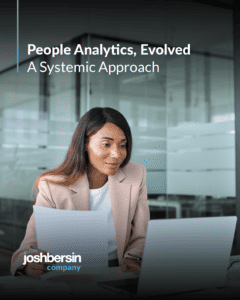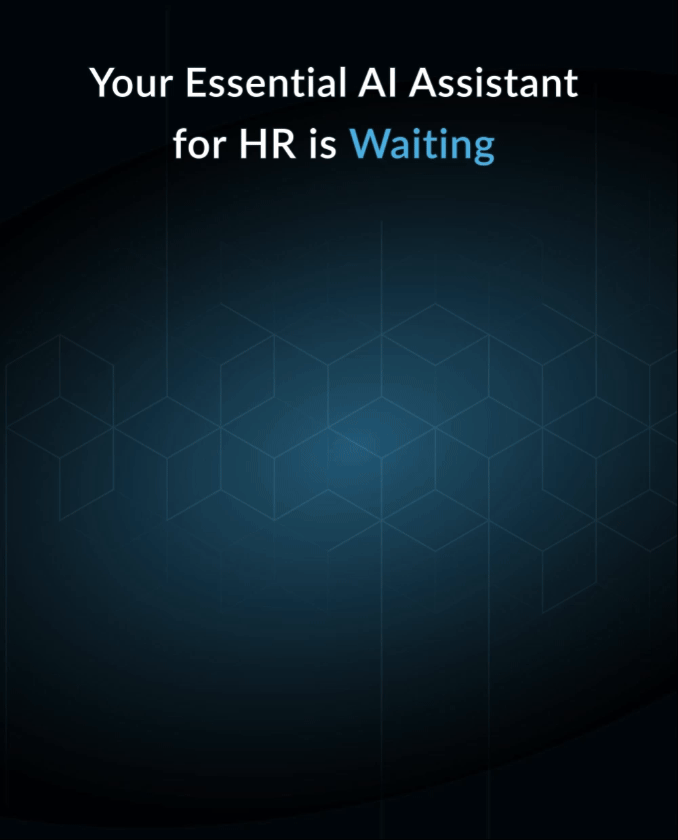
People Analytics, Evolved: A Systemic Approach
Business has become more complex than ever. As a result, the talent challenges organizations and leaders face have evolved, too. HR used to serve a primarily administrative function and focus on simple statistics: how many employees do we employ? What is the turnover rate by region or department? How much do we spend on training and benefits per employee?
The world, and the visibility and reporting required of HR departments, have changed. With the introduction of an integrated talent management approach, more amorphous measurements have become a top priority. For example, training managers no longer need to report the cost of their programs; they need to quantify the effectiveness of training for organizations. New talent analytics measurements have created independent analytics teams, like:
- A learning analytics team measuring all the L&D operations
- A team looking at all the metrics in recruitment
- A team looking at pay, benefits, rewards, and eventually pay equity
But how can HR succeed if talent-related data is siloed into operational groups? It can’t. HR teams today need an integrated platform that brings different information sources together and creates a common language for managers across the business.
In the latest whitepaper from Josh Bersin Company experts, we explore a systemic approach to people analytics. In this complimentary, high-value resource, we highlight:
- The new talent analytics technology options and challenges
- HR as an integrated business function
- The significant difficulties associated with talent data management today
- The benefits of a systemic approach to people analytics
To download the whitepaper and to gain exclusive access to our entire research library and strategic support from Bersin Company experts through our Corporate Membership program, submit the form below.
